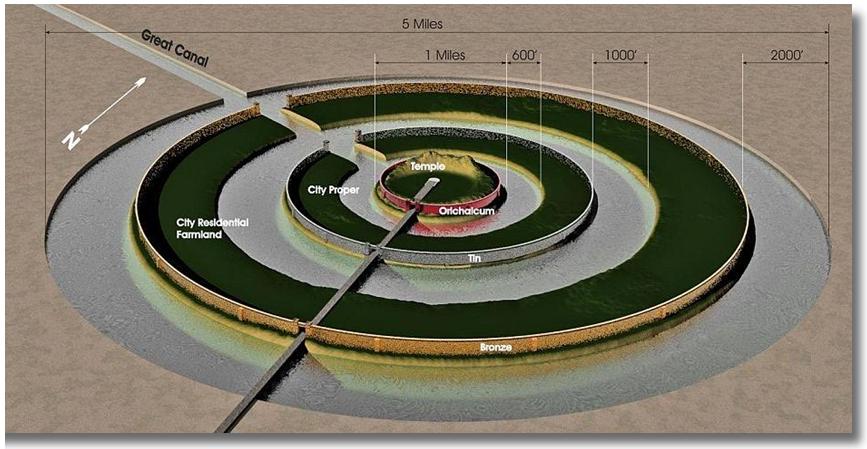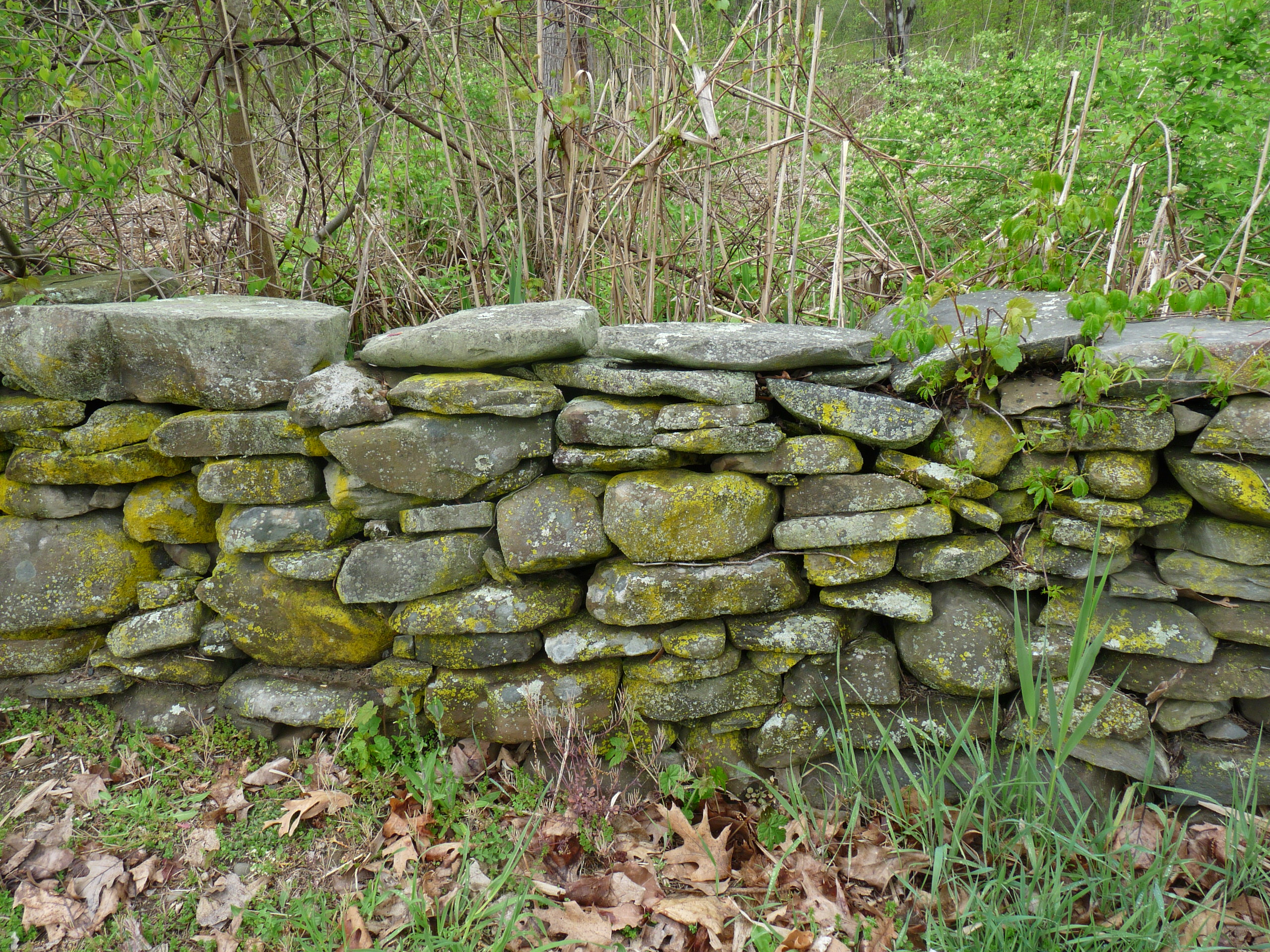One of the major questions that came up during Professor Sarah Abrevaya Stein’s lecture, “Decolonization and the Jews of the Sahara: National Myth Making in Israel, Algeria, and France” was who has the right to write the history of Algerian Jews? After the decolonization of Algeria, several countries claimed to be in charge of collecting documents pertaining to Jewish history in Algeria both under French rule and the following period of decolonization. Why were France, Algeria, and Israel so concerned with who got to write the history of the Algerian Jews? The answer is nationalism. Archaeological and historical evidence is paramount in establishing a country’s legitimacy and generating national pride.
In his book Frauds, Myths, and Mysteries: Science and Pseudoscience in Archaeology, Kenneth Feder notes that nationalism is one of the most common motivating factors among people that try to use archaeological evidence for their own personal gain. Feder writes that the need “to show that ‘we’ were here first or that ‘we’ were civilized before ‘you’ has led some to play fast and loose with the archaeological facts”(11). One major example of playing fast and loose with the archaeological facts is seen in the record-keeping before, during, and after Algerian decolonization. There is evidence that many documents were forged, giving a false impression of the history of Algerian Jews.

an organized way to store documents?
Incongruities in record keeping further complicated the debate over who had access to certain documents which country should be in charge of storing and protecting all of these documents. During, before, and after Algerian decolonization documents associated with the Jews of the Sahara were lost, buried, hidden and falsified. Each person or group of people in charge of creating, recording, storing, and maintaining these documents at various points in history used different methods. At some points record-keepers such as the Jewish leadership of Algeria were very lax in their record keeping, at other points documents were forged and falsified. Algerian Jews immigrating to France also changed their names to assimilate into French culture and adopt a new identity which further complicated the records.
This inconsistency in record-keeping makes it extremely difficult for archaeologists and historians to go back and decipher these documents. As we discussed in class today one of the standards of being an ethical archaeologist is properly recording data in way that all other archaeologists will understand it. We also discussed the importance of sharing data and documents, something Algerian, French, and Israeli government officials were reluctant to do.

Sharing is Caring!



